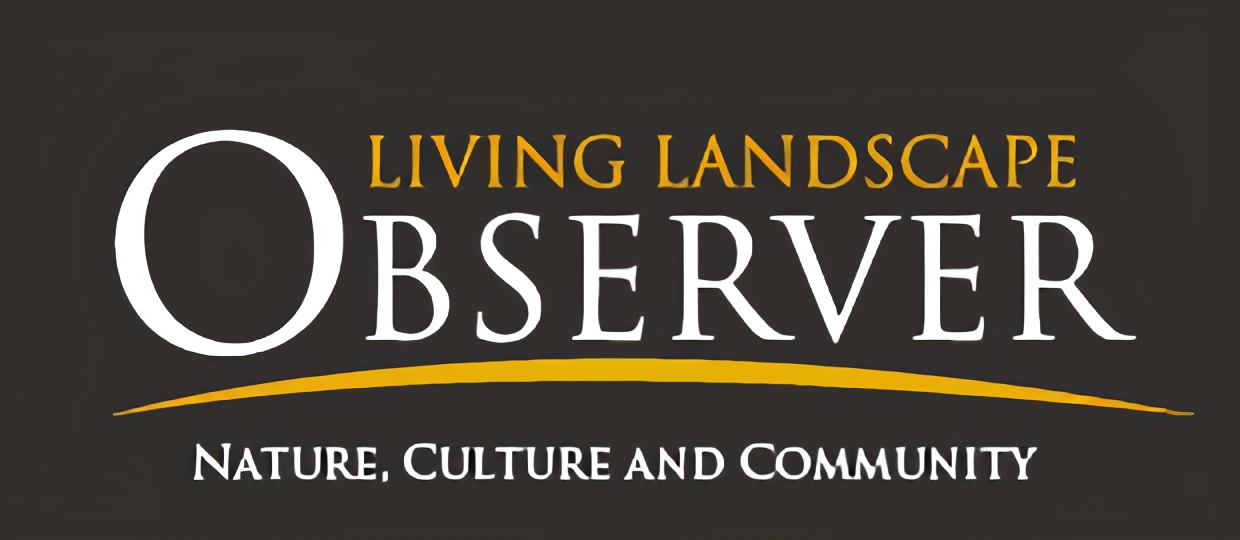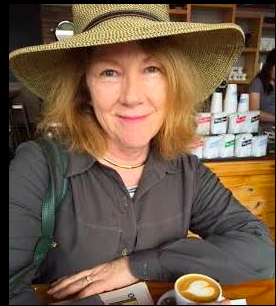To provide observations and information on the emerging fields of landscape scale conservation, heritage preservation, and sustainable community development.
Newsletter
Stay up-to-date with the latest nature, culture and community news.
We won’t spam you or share your information. Newsletters are sent approximately 10 times a year. Unsubscribe at any time.
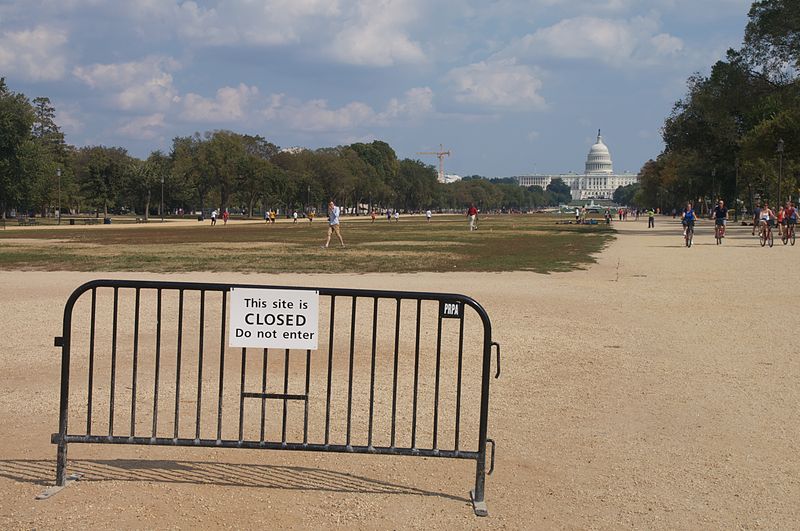
Government Shutdown: US National Park Service in the Spotlight
The actions of the National Park Service came under heightened scrutiny during the recent government shutdown. Reflections on lessons learned and options for the future.
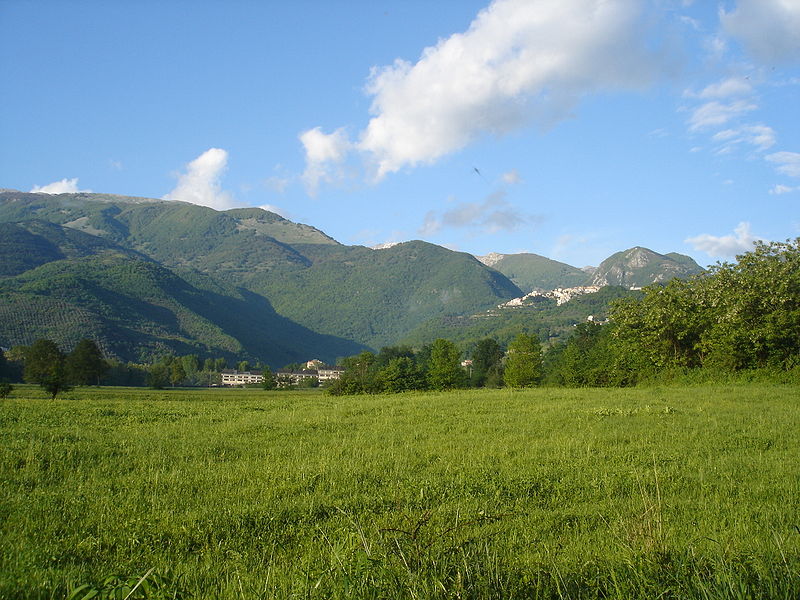
The Italian-New York Connections on Parks and Protected Areas
As an advocate of parks, protected areas and historic preservation in New York State and beyond, my interest has been less with the traditional public estate parks (local, state and national) and more with area wide parks, greenways, landscapes and heritage areas like the six million acre Adirondack Park, the 3 million acre Hudson River Greenway and state and national heritage areas. I expected to find historic landscapes in Italy that were being managed as parks, but thanks to the emerging effect of the European Union (“EU”) I found more park interest and activity than I expected.
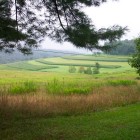
Pennsylvania Agricultural History Project Wins National Award
The Vernacular Architecture Forum recently awarded the Pennsylvania Agricultural History Project its Paul E. Buchanan Award in recognition of the project’s contribution to the study of the nation’s built environment. The Agricultural History Project includes narrative histories describing the evolution of different farming systems around the state, historic census data, a field guide to historic farm buildings and landscapes, bibliographic resources and more.
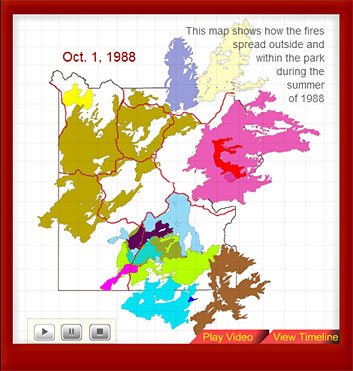
The Value of a Backward Glance
In the summer of 1988, massive fires swept across Yellowstone National Park. At the time, alarmist news coverage questioned whether the landscape would ever recover. Now, 25 years later, scientists have learned a great deal about the significance and the complexity of fire’s potential impact on an ecosystem. Thoughts on the challenges of interpreting landscape-scale stories that go beyond soundbites as well as the importance of learning from history and change over time.
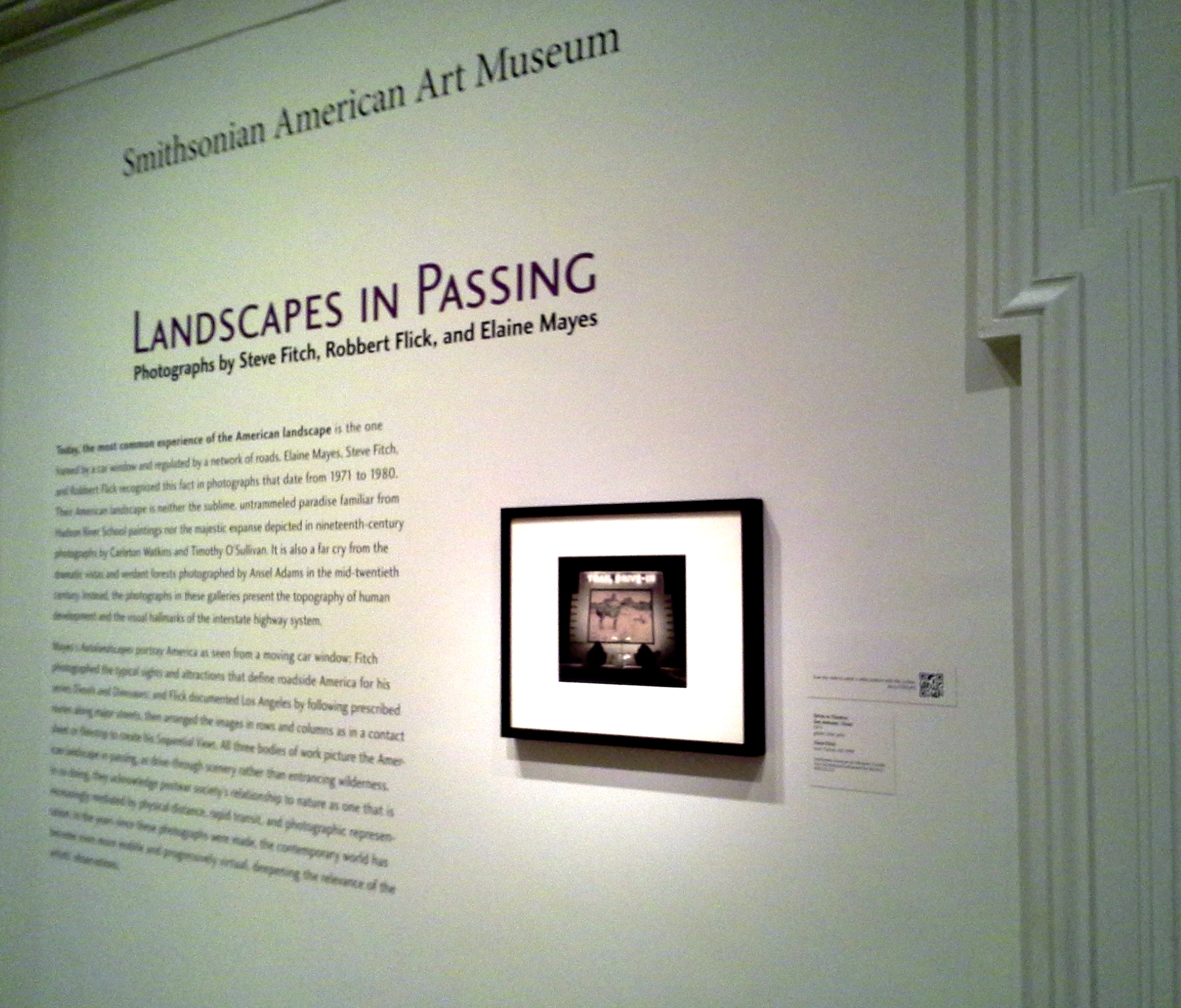
Landscapes in Passing
The end of summer, the season of road trips and family vacations, cross-country moves and college drop-offs, is a fitting moment to reflect on how highways and automobiles have changed the ways in which we view and interact with landscape. An exhibit currently at the Smithsonian Museum of American Art, Landscapes In Passing: Photographs by Steve Fitch, Robbert Flick, and Elaine Mayes,offers varied perspectives on this question as well as evocative views of the late 20th century United States.

Government Shutdown: US National Park Service in the Spotlight
The actions of the National Park Service came under heightened scrutiny during the recent government shutdown. Reflections on lessons learned and options for the future.

The Italian-New York Connections on Parks and Protected Areas
As an advocate of parks, protected areas and historic preservation in New York State and beyond, my interest has been less with the traditional public estate parks (local, state and national) and more with area wide parks, greenways, landscapes and heritage areas like the six million acre Adirondack Park, the 3 million acre Hudson River Greenway and state and national heritage areas. I expected to find historic landscapes in Italy that were being managed as parks, but thanks to the emerging effect of the European Union (“EU”) I found more park interest and activity than I expected.

Pennsylvania Agricultural History Project Wins National Award
The Vernacular Architecture Forum recently awarded the Pennsylvania Agricultural History Project its Paul E. Buchanan Award in recognition of the project’s contribution to the study of the nation’s built environment. The Agricultural History Project includes narrative histories describing the evolution of different farming systems around the state, historic census data, a field guide to historic farm buildings and landscapes, bibliographic resources and more.

The Value of a Backward Glance
In the summer of 1988, massive fires swept across Yellowstone National Park. At the time, alarmist news coverage questioned whether the landscape would ever recover. Now, 25 years later, scientists have learned a great deal about the significance and the complexity of fire’s potential impact on an ecosystem. Thoughts on the challenges of interpreting landscape-scale stories that go beyond soundbites as well as the importance of learning from history and change over time.

Landscapes in Passing
The end of summer, the season of road trips and family vacations, cross-country moves and college drop-offs, is a fitting moment to reflect on how highways and automobiles have changed the ways in which we view and interact with landscape. An exhibit currently at the Smithsonian Museum of American Art, Landscapes In Passing: Photographs by Steve Fitch, Robbert Flick, and Elaine Mayes,offers varied perspectives on this question as well as evocative views of the late 20th century United States.
